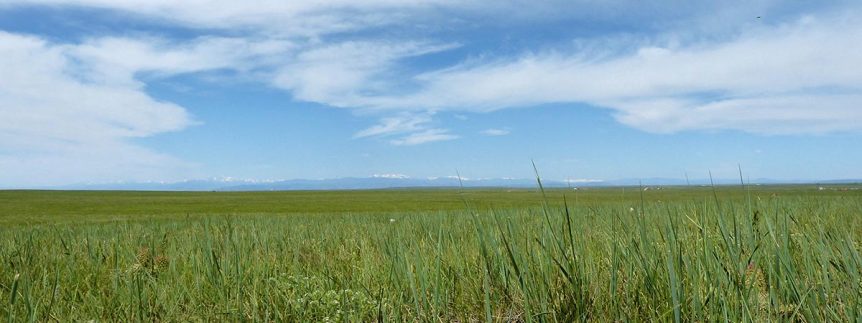Read the Transcript
Conservation easements are legal tools available to landowners, allowing them to negotiate land-use restrictions to keep their land free of development and subdivision long after they’re gone. The number of organizations founded for the purpose of buying easements continues to grow. Lynne Sherrod represents the Land Trust Alliance, an umbrella group representing land trusts around the country. She says ranchers are starting to see the benefit of these easements.
“I worked with the Colorado cattlemen to start the first land trust. Since then seven other states have gone on to form their own land trusts. Finally, farmers and ranchers have peer-driven organizations that are working with this concept.”
A few years ago Kansas Livestock Association founded the Ranchland Trust of Kansas. Its mission is to preserve Kansas’ ranching heritage and open spaces for future generations, through the conservation of working landscapes.
“A lot of people thought that conservation easements were so new that it would take decades but, in fact, we had a long waiting list.”
That’s Stephanie Manes. She represents the Ranchland Trust of Kansas.
“There are a lot of families who have been wanting to do something like this for a long, long time, but they just didn’t know what the mechanism for protecting their ranch is. It’s called a conservation easement.”
One landowner protecting the legacy of his land with conservation easements is Chester Peterson, Jr. Working with Ranchland Trust, he put two land parcels under conservation easement: one parcel is 310 acres northwest of Lindsborg. He says part of that land offers good grass and the rest grows so-so crops. But this land along Coronado Heights is historic. Spanish explorer Francisco Vasquez de Coronado came north out of Mexico, 473 years ago.
“Looking for those seven silver cities this Indian told him about, he got up to central Kansas, and being human, you know he’s going to go to the highest point of land in the area to look further north and east for an Indian village or silver city. So, almost certainly, he climbed up the most southern butte, Coronado Heights. On a full-moon night, you might be up there and say, ‘hey, Coronado may have walked here.’”
The larger parcel is in Ellsworth County. Just at the Ellsworth entrance to I-70 eastbound, on the right is Peterson’s land—1,335 acres of native grassland where the eastern tallgrass gives way to the shortgrass prairie of the West.
“What I didn’t like as a teenager is there’s about two inches of soil and then rock. Digging post holes by hand, as we did in those days, wasn’t my favorite thing. Now, this is my time to regenerate. I head up out there, and I walk it. It’s beautiful.”
On the north side of the interstate now stands a wind farm. Those gigantic white machines seem somehow out of place, on a landscape that otherwise looks today as it did when pioneers departed Westport in the 1860s.
“I just checked with the wind turbine people expressing false interest. I wanted to find out what they paid. If I only put four on that 1,335-acre, I would double what I’d make from grass rental, so I can see why it is attractive to some people. But, you know, when you do that, you’re selling something. You’re selling a part of yourself, a part of your heritage. With this perpetual easement, there can be no wind turbines or oil wells. There can’t be antennas. It can’t be sub-divided. It’s going to look just like it was in primeval times before the white man came. I wanted to preserve that.”
Playa Country, which ended in late 2016, was a weekly show that featured conservation and wildlife experts — as well as farmers, ranchers and land managers — talking about conservation practices that improve wildlife habitat and landowners’ bottom-line. Originally broadcast in January 2013.

